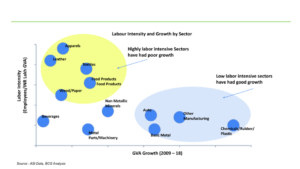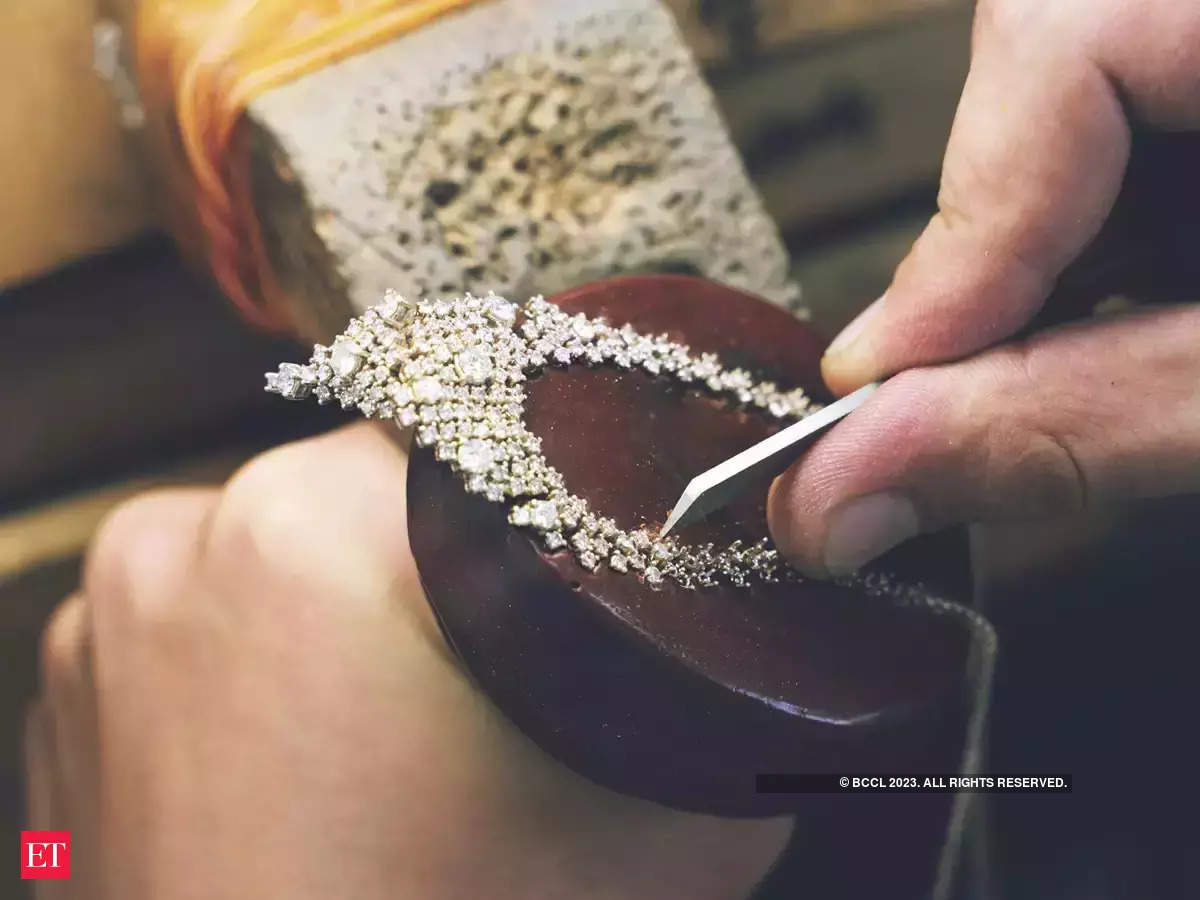Labour-Intensive Manufacturing in India
Why We Must Prioritise Export-Led Labour-Intensive Manufacturing to Create Jobs
In Summary
To ensure fast economic growth, India needs to shift focus to exports. On a per capita basis, India has a very small domestic market compared to global markets. Countries that have achieved fast and sustained growth in the last 70 years have done it by export-led growth. Exports are driven by comparative advantage. For India, that advantage is labour. India has a gigantic low-skilled labour pool with very low-productivity job options. Our education systems are not producing high-skilled labour at fast enough rates to depend on high skilled options.
China is gradually vacating its position in labour-intensive sectors. Clothing, footwear, light manufacturing are all labour-intensive spaces in which China is becoming less competitive. Vietnam and Bangladesh have made the most of this opportunity by filling in and accelerating their economies. It is time India steps in.
Read further to explore each point in detail
Why India Should Capitalise on Its Large Labour Pool to Drive Export-Led Growth
India’s greatest comparative advantage is labour. India’s labour supply for high-skilled manufacturing and services like IT is relatively small and limited, due to deep-rooted issues in our education systems, and it will take a long time for a significant number of high-skilled workers to meaningfully change the situation. On the other hand, we have an extremely large low-skilled labour pool with mostly low-productivity job options. For labour-intensive manufacturing this is an advantage, not a constraint.
High- skill and low labour intensity manufacturing sectors have paradoxically grown faster but have offered limited employment opportunities to low-skilled labour.
China is gradually vacating its position in labour-intensive sectors
China is becoming less competitive in labour-intensive sectors like garments, footwear, and light manufacturing. Vietnam and Bangladesh have made the most of this opportunity by increasing exports in these areas and accelerating their economies. It is time India steps in. So far India has been punching below its weight in low-skill, labour-intensive sectors, and the consequent gains go to China and Vietnam. For example, India’s missing production in the low-skill textiles and clothing amounts to $140 billion, which is about 5% of India’s GDP.
 This may be India’s last chance to take utilise the export-led springboard for broad-based growth. The gap left by the decrease in Chinese labour-intensive exports is being filled by Bangladesh and Taiwan. China is maye be becoming less competitive but in 20 years so will India. The country is at the cusp of demographic transition. The cohort of children (0-10 years) is smaller relative to young adults (10-20 years) and our workforce will start reducing in 20 years. This could be India’s last chance to utilise the export-led springboard for broad-based growth.
This may be India’s last chance to take utilise the export-led springboard for broad-based growth. The gap left by the decrease in Chinese labour-intensive exports is being filled by Bangladesh and Taiwan. China is maye be becoming less competitive but in 20 years so will India. The country is at the cusp of demographic transition. The cohort of children (0-10 years) is smaller relative to young adults (10-20 years) and our workforce will start reducing in 20 years. This could be India’s last chance to utilise the export-led springboard for broad-based growth.
India is Punching Below Its Weight in Low-Skill, Labour-Intensive Sectors
High- skill and low labour intensity manufacturing sectors have paradoxically grown faster but have offered limited employment opportunities to low-skilled labour. India has severely underperformed in low-skilled exports manufacturing relative to our working age population size.
‘Missing’ exports in low -skilled sectors where India is punching significantly below its weight. The consequent gains go to China and Vietnam. For example, India’s missing production in the low-skill textiles and clothing amounts to $140 billion, which is about 5% of India’s GDP.
What are the Roadblocks That Continue to Hinder Manufacturing Growth
While the government has implemented many reforms to promote manufacturing, significant gaps continue to exist on critical dimensions. Ecosystem competitiveness in exports is a key fundamental driver. Incentive schemes will be most useful only if we fix the fundamentals.
Author: Rahul Ahluwalia



